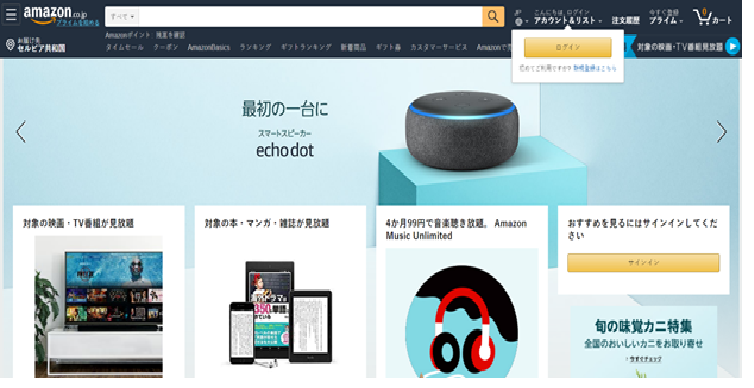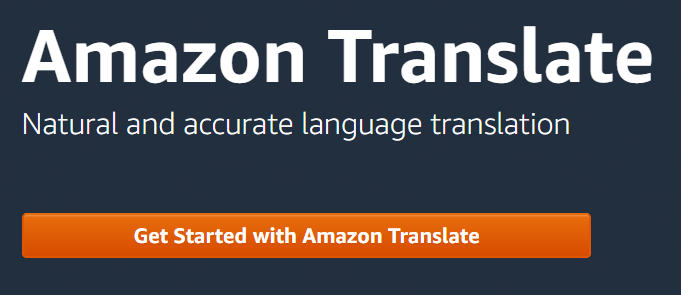How Can Localization Help Your Amazon Business
Taking your Amazon business into international waters can take you to the next level. Especially since the projected global sales for 2020 comes out to a predicted $3.9 trillion. Consumers value businesses that are customer-centric. Speaking in the language of your audience will show them that you are that type of business. Consider the following statistics that prove the value of localization:
– Locally targeted content has 6 times more engagement.
– Lack of content localization can lead to losing as many as 8% to 13% of the customers.
– 49% of marketers claim that geo-targeting provides the highest ROI.
– 86% of the localized advertising campaigns outperformed the English campaigns in both click-throughs and conversions.
You might think that English is a globally recognized language but you can’t underestimate the importance of speaking the native language of your consumers and adapting to their cultural values. In order to truly succeed in Amazon foreign marketplace, you’ll need localization.
Localization vs. Translation
Knowing the difference between translation and localization is the key to growing your global audience and increasing your Amazon sales. Despite that, many people from online sellers to marketers don’t make a distinction between these two terms.
Localization and translation aren’t the same processes.
While translation is turning the content from the source language into the target language, localization is adapting your Amazon business page and the content you have to the culture you are targeting.
Amazon sellers often use machine translation. Machine translation can never be as good as localization. It can give you translation word for word but it won’t take into consideration the context. Context affects the translation of phrases, grammatical structures, and tonality.
Moreover, localization considers differences such as:
– date formats
– time formats
– geographical references
– regional differences in languages
_-societal codes such as rituals and humor
Just consider the way Amazon localizes their website depending on the target culture.


As you can tell, the Amazon UK landing page and Amazon Japan landing page are completely different. This shows how Amazon values localization.
Advantages of Localization for Online Sellers
Localization brings many benefits to your online business. The process of going global can be much more effective if you employ localization. For starters, consider the following advantages:
– Localization is a form of personalization. By localizing content you’ll appeal to the target audience’s tastes, habits, rituals, and beliefs.
– Localization helps you reach a wider audience. The personalization will help you spread your audience reach.
– Localization increases ROI. Since you’ll use targeted promotions that are crafted specifically to that target audience and their local practices, the ROI will increase.
– Localization turns visitors into buyers. Research shows that people are more likely to buy a product if the website is in their native language.
– Localization improves customer service. Customers will feel more satisfied if they can browse for products in their own language.
– Localization provides correct information. Even if you know a foreign language, you can easily get lost in the unknown terms. Localization will ensure that the customers receive the right information.
– Localization gives you a competitive advantage. Stand out among your competitors by going global and localizing your content.
Useful Tips for Localization Strategy
For a strong start, consider the following tips that will help you to conduct the localization process without trouble.
1. Work with Professional Localization Services
Collaborating with localization experts will take some of the pressure off. Experts who have experience with localizing content can handle localization with ease.
This is the best option for those who don’t have enough time to dedicate themselves to this. If you want to deal with the localization yourself but you want someone just to take care of translating content, you can opt for translation services like those you can find on a online translation services website.
In both cases, you should always aim for professionals who are truly good at their business and can deliver high-quality that you need.
2. Adapt Your FX Currency

Entering the global market means that you’ll have to deal with multiple currencies. Therefore, you’ll need an FX provider.
Your FX provider needs to offer platform stability, price transparency, and service guarantee. Otherwise, you can find yourself in unpleasant situations during the sales process.
Search for experience providers who had worked with major eCommerce platforms. Such providers already have experience in the global market and can deal with any cross-border payments and global trading demands.
3. Use Amazon Translate

Even though Amazon Translate is a machine translation, it is created for Amazon sellers and therefore is more effective than any other machine translation.
If you have a limited localization budget, Amazon Translation can help you out.
As they explain on their website:
“Amazon Translate is a neural machine translation service that delivers fast, high-quality, and affordable language translation. Amazon Translate allows you to localize content – such as websites and applications – for international users, and to easily translate large volumes of text efficiently.”
Once you translate the content with this tool, you can make further changes if you need to and in that way complete the localization process.
For example, machine translation won’t handle measurement changes.
When you translate this product page from German to English, the measurements aren’t changed. If US speakers get a measurement in cm, they will have to go to the internet and find a measurement converter to find out the size of it.
To avoid putting your customers through that, if you use machine translation make sure that you put both measures in the description. Something like this:
If you don’t work with localization services and use machine translation, you’ll have to pay extra attention to such details.
4. Get in Touch with Native Speakers
Native speakers can help you achieve high-quality localization. They can recognize the small mistakes that no one else can.
Not to mention that they know the best way to approach their community of people. They’ll know what type of content works best in their country.
Simply find a native speaker who is willing to help you with the localization process in online job platforms. There are many freelancers that cooperate with Amazon business in the localization process.
Take Localization Process Seriously
As it was explained in the beginning, there is more to localization than just translating your content from one language into another. It takes some serious and thoughtful strategy and collaboration with professional translation services.
Thankfully, technology and inventive companies have made localization more accessible. Thus, you’ll have more time to dedicate yourself to your international customers and keeping track of your growing sales.
About the Author
Erica Sunarjo is a professional writer and blogger who is working in the translation industry.





